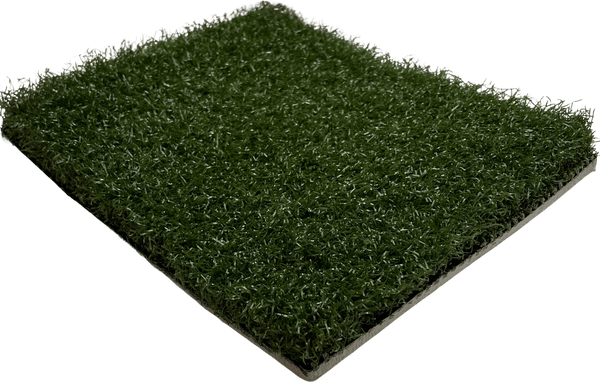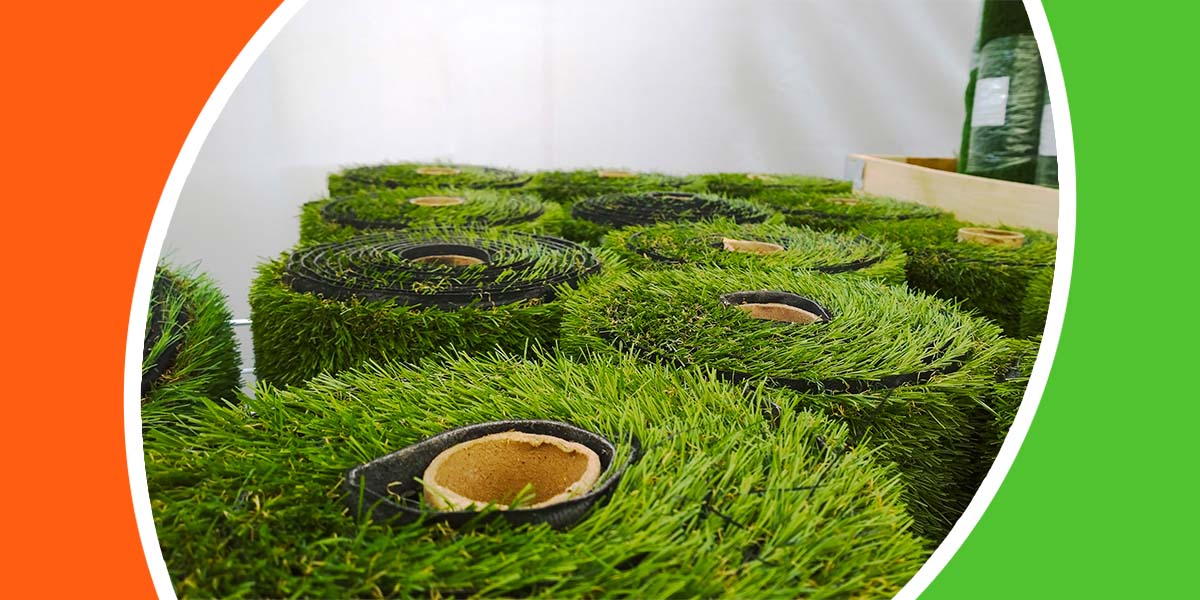Delve Into the Environmental Conveniences of Opting for Synthetic Grass Solutions
The fostering of artificial turf remedies offers a compelling possibility to address pushing environmental challenges. By considerably minimizing water use and minimizing the application of harmful chemicals, these options not only advertise sustainable landscaping however likewise secure neighborhood environments.
Water Conservation Perks
One of the most considerable advantages of artificial lawn is its ability to conserve water. In contrast, fabricated grass does not need watering, significantly reducing the total demand for water sources.
By removing the need for regular watering, fabricated lawn contributes to lasting landscape practices and assists minimize the environmental impact of extreme water intake. The conservation of water prolongs to the decrease of drainage, which can lead to dirt erosion and waterway contamination.
Furthermore, the installment of artificial turf enables communities and homeowners to designate water sources extra successfully, concentrating on important uses such as drinking water and farming. The change in the direction of synthetic grass not just advertises liable water use however additionally straightens with more comprehensive ecological objectives targeted at protecting all-natural resources.
As areas progressively prioritize sustainability, the water conservation benefits of synthetic grass provide a compelling situation for its adoption in residential and commercial landscaping tasks.
Lowered Chemical Use
The shift to synthetic grass significantly lowers the dependence on chemical treatments commonly made use of in natural grass upkeep. Conventional turf monitoring normally includes the application of pesticides, plant foods, and herbicides to advertise growth and control pests. These chemicals can present risks to human wellness, regional wild animals, and the atmosphere, adding to soil and water contamination.
In comparison, synthetic grass gets rid of the demand for these damaging substances. When mounted, it requires marginal maintenance, mostly including routine cleaning and seldom infill replenishment. This decrease in chemical usage not just profits the immediate setting but likewise adds to broader eco-friendly stability. By reducing the launch of artificial substances into the environment, synthetic grass promotes healthier dirt and water supply.
Additionally, the absence of chemical overflow connected with synthetic grass installments aids shield neighborhood rivers from contamination, sustaining water life and preserving biodiversity. Phoenix turf companies. As neighborhoods progressively prioritize sustainable techniques, selecting man-made lawn provides a practical option that aligns with ecological preservation goals. With this shift, homeowner can appreciate rich eco-friendly rooms without compromising eco-friendly health and wellness, leading the way for a much more sustainable future
Reduced Carbon Footprint

Additionally, the installment of synthetic grass can cause substantial water conservation. Natural grass require significant quantities of water for irrigation, which not just includes to the carbon footprint related to water extraction and treatment yet also strains neighborhood water sources. In contrast, synthetic grass requires very little upkeep, requiring no watering, thus substantially minimizing water use and its associated energy costs.
In addition, the durability of synthetic grass adds to its lower carbon effect. With a life-span of approximately 15 years or even more, the demand for regular substitutes is reduced, leading to less waste and lower power intake in production and throwing away conventional lawn options. In general, man-made turf provides a sustainable alternative for ecologically mindful landscape design.
Environment Preservation
Habitat conservation is a crucial consideration in the discussion over landscape design selections, especially when comparing synthetic lawn to natural grass. Natural yard yards usually call for substantial upkeep, consisting of making use of fertilizers, chemicals, and herbicides, which can negatively influence regional environments. These chemicals can leach right into the soil and waterways, harming indigenous flora and animals and interfering with regional environments.
On the other hand, artificial turf presents a possibility to reduce the environmental footprint of landscape design. By choosing artificial turf, home owners can reduce the disruption of natural environments connected with typical yard treatment practices. Synthetic grass removes the demand for dangerous chemicals, consequently securing neighboring wild animals and keeping the stability of surrounding ecosystems. The setup of fabricated lawn can lead to the conversion of previous lawn locations right into even more biodiverse landscapes, such as pollinator yards or indigenous plant locations, which can support local wildlife.
Inevitably, the shift to man-made sites lawn not just preserves water and minimizes maintenance initiatives yet additionally cultivates a much more harmonious connection in between human activities and the natural setting, promoting environment conservation in the procedure.
Long-Term Sustainability
Long-lasting sustainability is an important element in assessing the advantages of fabricated grass over typical lawn lawns. One of one of the most significant benefits of fabricated grass is its toughness; it can last up to 15-20 years with very little maintenance, whereas all-natural turf requires frequent reseeding and substitute. This durability lowers the this hyperlink demand for consistent resources, such as water, plant foods, and pesticides, which are important for maintaining a healthy and balanced grass yard.
Additionally, synthetic lawn adds to a decrease in carbon emissions connected with grass care devices. Traditional grass commonly require gas-powered lawn mowers, leaners, and blowers, all of which contribute to air contamination. Turf installation phoenix az. In comparison, synthetic grass gets rid of the demand for such equipment, promoting a cleaner environment
In addition, the production of synthetic grass increasingly utilizes recycled materials, improving its sustainability account. As manufacturers take on environment-friendly techniques, the environmental footprint of fabricated turf continues to reduce.

Conclusion
The fostering of synthetic grass options presents significant environmental benefits, including significant water preservation, decreased dependence on harmful chemicals, and a reduced carbon footprint. In addition, fabricated lawn aids in maintaining all-natural environments by minimizing land disturbance and promoting long-lasting sustainability through the use of sturdy products. Jointly, these variables emphasize the possibility of synthetic grass to contribute positively to environmental health and wellness and provide a practical option to conventional landscape design methods in a significantly resource-conscious world.
In contrast, artificial lawn does not require watering, substantially lowering the general need for water resources. By minimizing the release of synthetic substances right into the environment, synthetic lawn advertises healthier soil and water systems.
In addition, the installation of fabricated grass can result in significant water preservation. In comparison, man-made grass needs marginal upkeep, needing no watering, thereby substantially reducing water usage and its connected power costs.
